RECOMMENDED NEWS
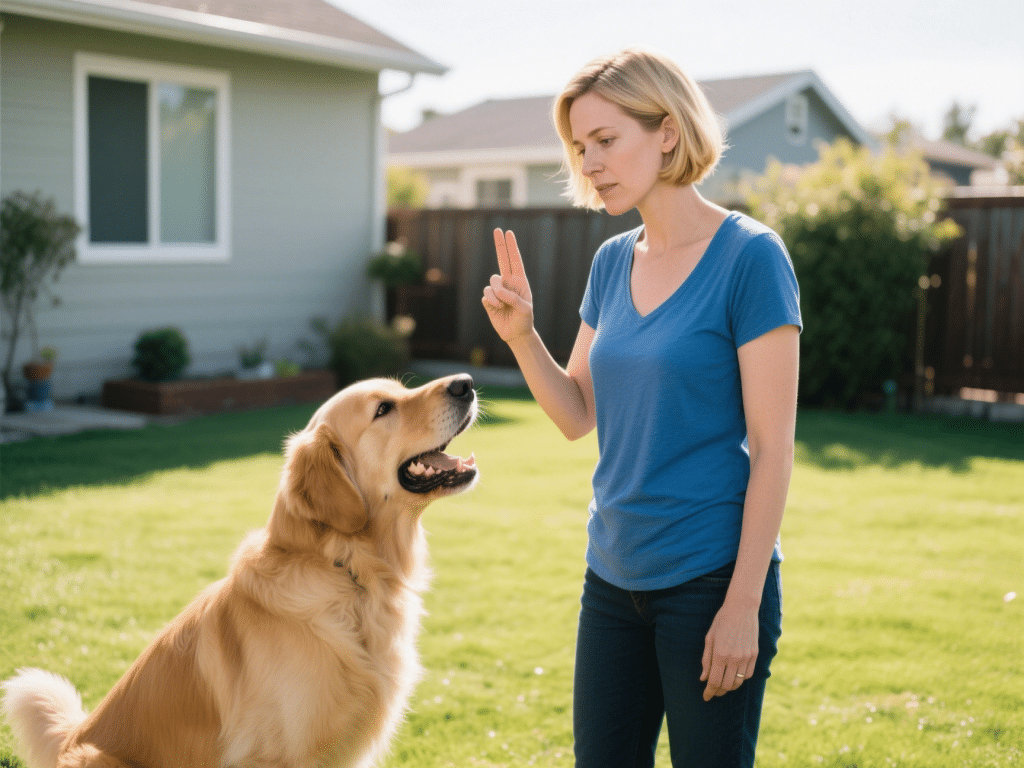
How to Deal with Pet Excessive Barking: Solutions and Techniques
How to Deal with Pet Excessive Barking: Solutions and TechniquesExcessive barking is a common yet ch...
Read More →
The Best Pet Care Apps: Tools to Help You Manage Your Pet’s Health
The Best Pet Care Apps: Tools to Help You Manage Your Pet’s HealthModern pet ownership demands mor...
Read More →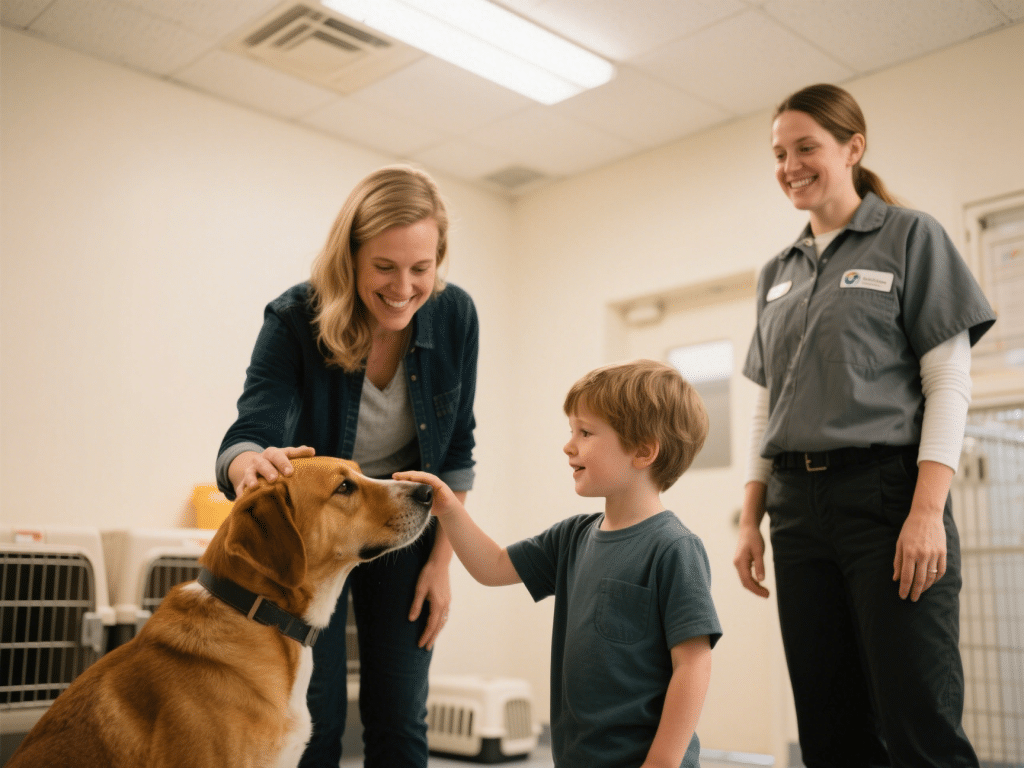
The Best Practices for Adopting a Pet from a Shelter
The Rewarding Path to Shelter Pet AdoptionBringing a shelter pet into your home transforms lives—y...
Read More →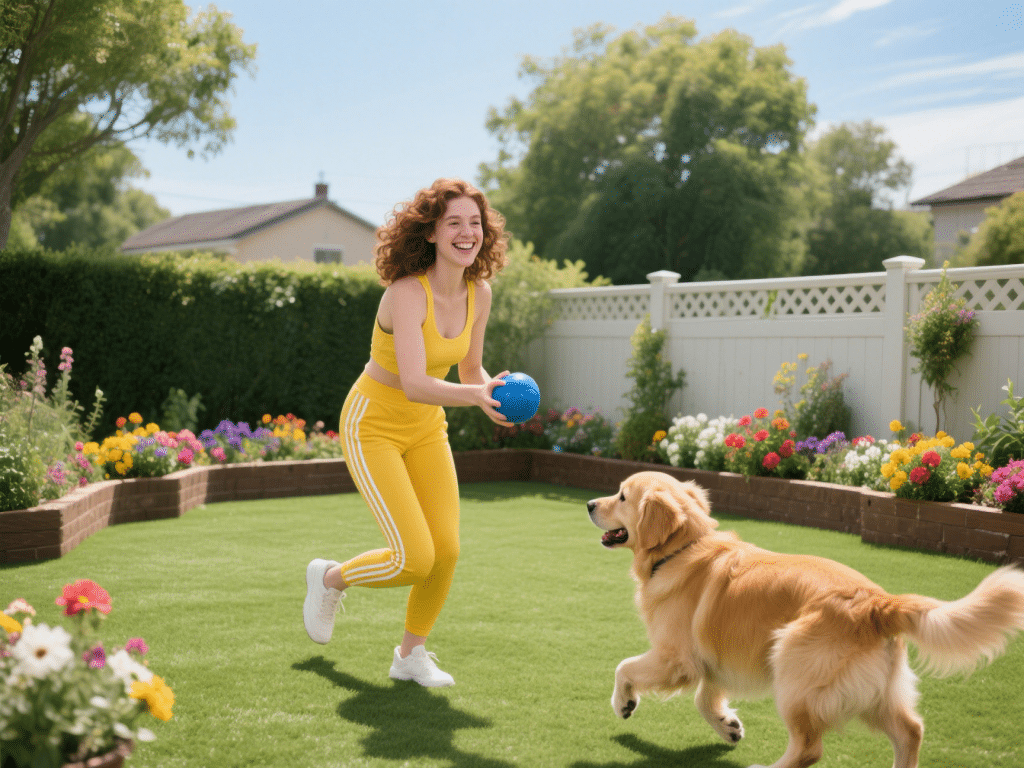
How to Build a Pet-Friendly Garden: Tips for a Safe Outdoor Space
Creating a Sanctuary: Your Pet-Friendly Garden BlueprintDesigning a garden that delights both you an...
Read More →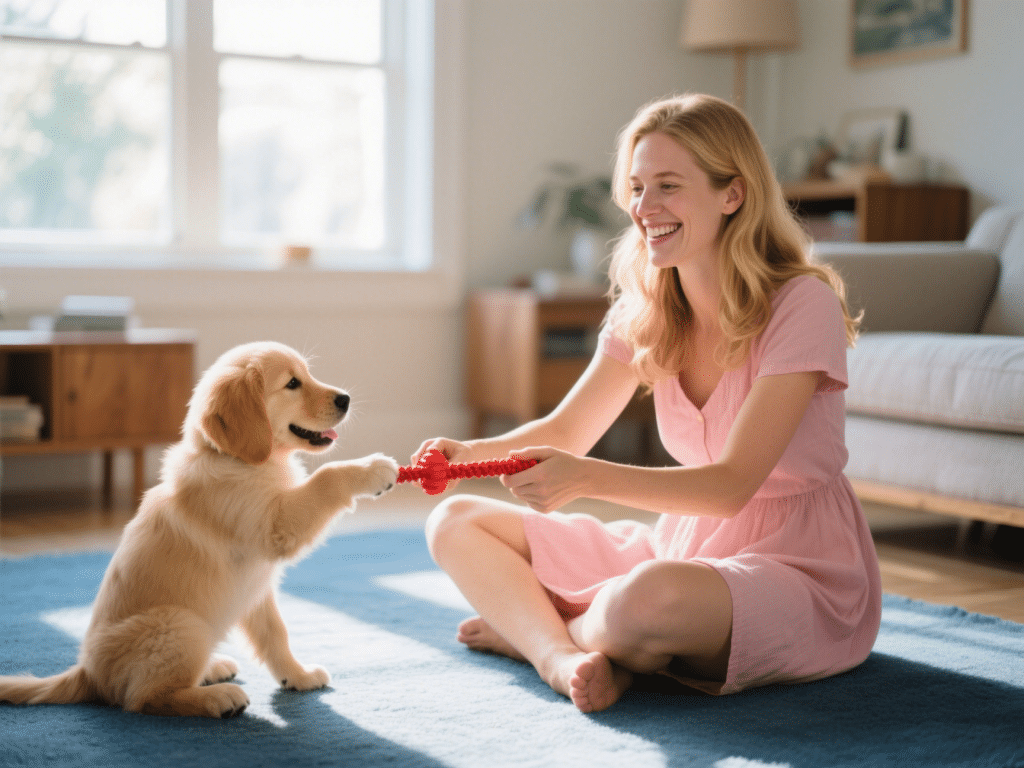
How to Build a Strong Bond with Your Pet: Tips for Connecting with Your Animal
How to Build a Strong Bond with Your Pet: Tips for Connecting with Your AnimalThe profound connectio...
Read More →
Preventing Pet Obesity: How to Keep Your Pet Healthy and Fit
The Silent Epidemic: Understanding Pet ObesityOver 54% of dogs and cats in developed nations are ove...
Read More →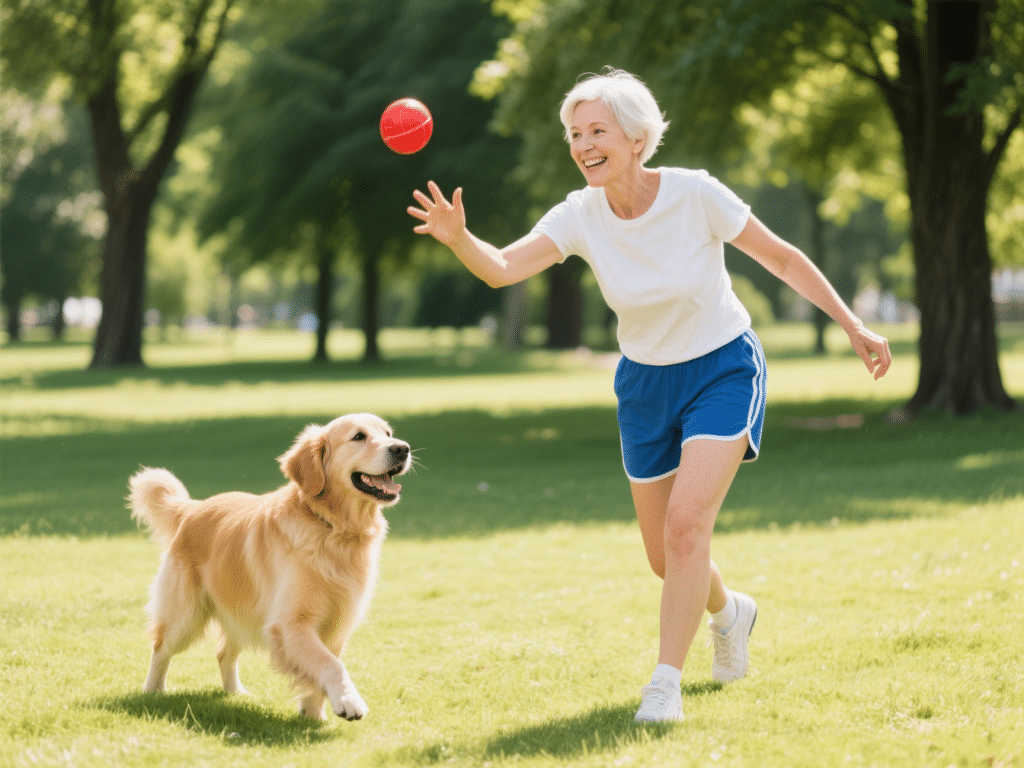
The Role of Play in Pet Development: Importance for Mental and Physical Health
Play is far more than simple amusement for pets—it’s a biological imperative critical to their h...
Read More →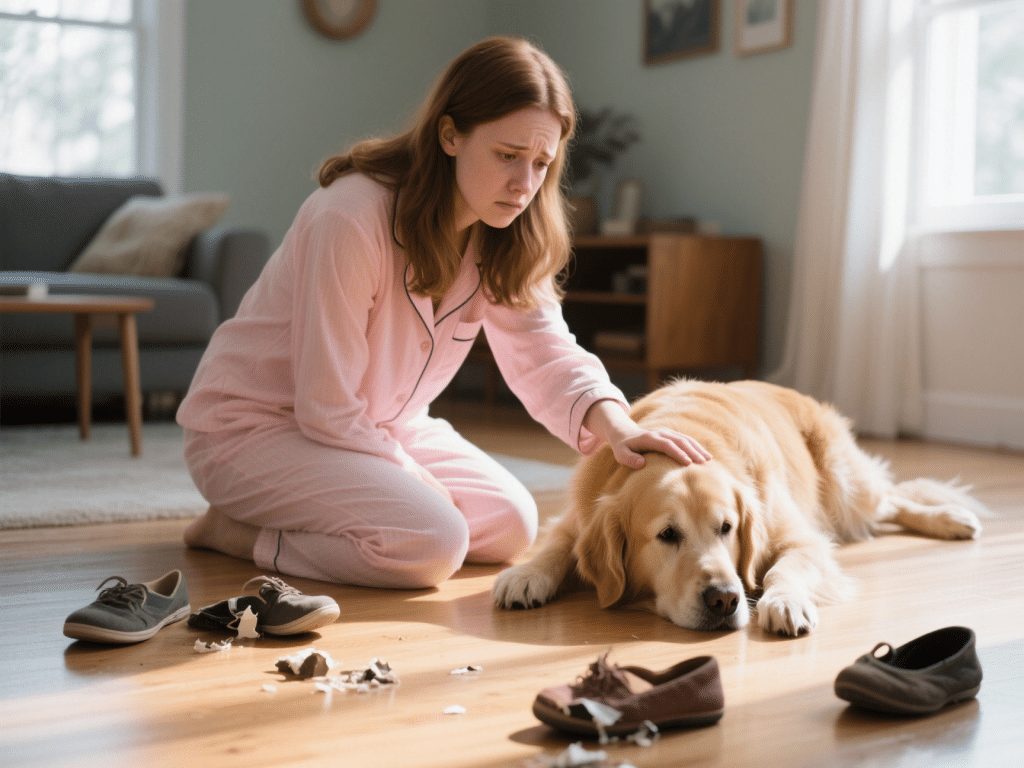
Dealing with Pet Separation Anxiety: Signs and Solutions
Dealing with Pet Separation Anxiety: Signs and SolutionsPet separation anxiety (SA) affects approxim...
Read More →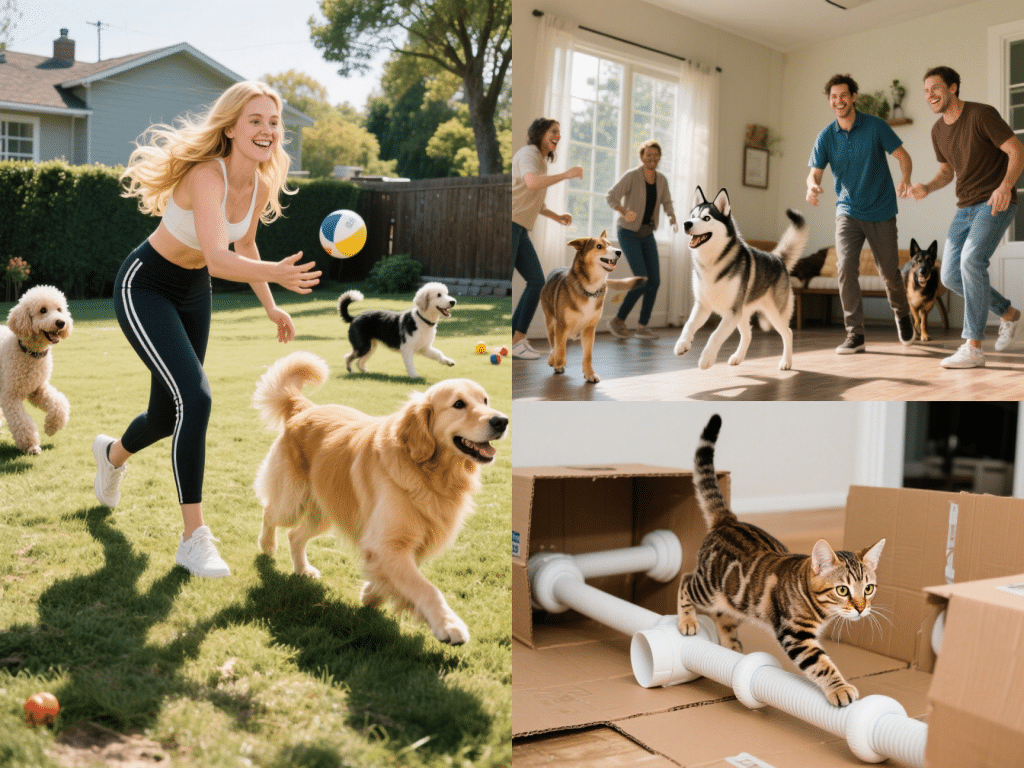
How to Keep Your Pet Active and Engaged: Fun Activities for Every Breed
Why Breed-Specific Activity MattersEvery pet has innate instincts shaped by their breed heritage. Ma...
Read More →
Comments on "How to Keep Your Pet Active and Engaged: Fun Activities for Every Breed" :